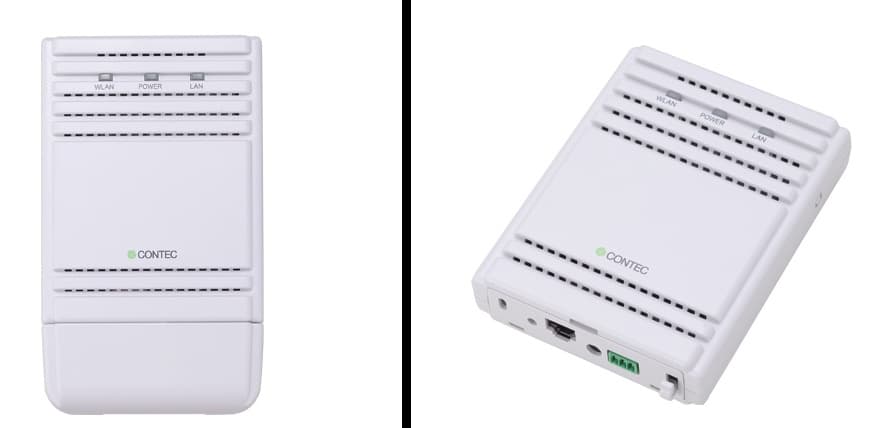Necrum Security Labs’ researchers Samy Younsi and Thomas Knudsen have discovered two critical vulnerabilities in the wireless LAN devices manufactured by Contec. The company specializes in industrial automation, computing, and IoT communication technology.
Research Details
Reportedly, the Flexlan FXA3000 and FXA2000 series LAN devices made by the Japan-based firm contain two critical vulnerabilities tracked as CVE–2022–36158 and CVE–2022–36159.
For your information, these devices are used in airplanes to offer internet connectivity. The abovementioned series of devices offer WiFi access points in airplanes to ensure uninterrupted high-speed internet communication so that passengers could enjoy music, movies, and even purchased goodies during the flight. Hence, these vulnerabilities can allow an adversary to hack the inflight entertainment system and more.
Researchers discovered the first vulnerability (CVE–2022–36158) while performing the firmware’s reverse engineering. They identified a hidden page, which wasn’t listed in the Wireless LAN Manager interface. This page facilitates the execution of Linux commands on the device with root privileges. They could then access all system files and open the telnet port to gain complete access to the device.
The second vulnerability (CVE–2022–36159) entailed the use of hard-coded, weak cryptographic keys and backdoor accounts. While investigating, they also learned that the shadow file contained the has of two users, including root and user, and within a few minutes they could access them through a brute-force attack.
How to Fix the Issues?
In their blog post, researchers explained that the device owner could change the account’s user password from the web admin’s interface, which is the primary reason behind the emergence of these flaws. The root account is reserved for Contec for maintenance purposes.
Therefore, an attacker armed with the root hard-coded password can conveniently access all FXA2000 and FXA3000 series devices.
In order to fix the first issue, the hidden engineering web page must be removed from the under-production devices because the default password is weak and makes it easy for an attacker to inject a backdoor into the device using this page.
Furthermore, the company needs to generate a unique password for each device during the production phase for the second issue.
As pointed out by Eduard Kovacs of SecurityWeek, in its advisory, Contec explained that the vulnerabilities are connected to a private webpage created for developers to execute system commands and the page isn’t linked to other pages available to users. These vulnerabilities have been addressed in versions 1.16.00 for the FX3000 series and 1.39.00 for FX2000 series devices.
RELATED NEWS
- Reporter Gets His Email Hacked on The Plane
- This map shows free WiFi passwords from airports worldwide
- Vulnerable In-flight WiFi lets hackers remotely takeover modern aircraft
- Flight tracking service Flightradar24 hacked; 230,000 accounts affected
- Inflight Entertainment Service Provider Gogo Launches Bug Bounty Program

